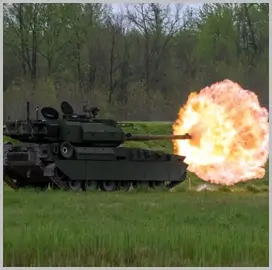A study being conducted by Johns Hopkins Applied Physics Laboratory and the U.S. Army aims to combine human and artificial intelligence capabilities to improve emergency medical response during combat.
The Army’s Telemedicine and Advanced Technology Research Center partnered with Johns Hopkins APL to leverage AI, augmented reality and robotics to serve as virtual assistants to medics and soldiers on the battlefield, the research institute said Wednesday.
The research team is testing a scenario in which a medic is assisted by robots equipped with sensors in tending to multiple casualties. The machines are expected to perform subtasks such as vital signs, retrieving intubation kits and providing bag-valve-mask ventilation.
They are also designing cognitive architecture that would enable the robots to adapt to human-machine teaming.
“When we show where we are headed to Army medics, they seem very excited about the possibilities, and they come up with new ideas and capabilities for us to explore,” said David Handelman, a senior roboticist in Johns Hopkins APL’s Research and Exploratory Development Department who is leading the study. “This could potentially save lives and improve the overall health of patients.”
The Potomac Officers Club will host its eighth annual Army Summit on Aug. 1 in McLean, Virginia. Join the event by registering here.






